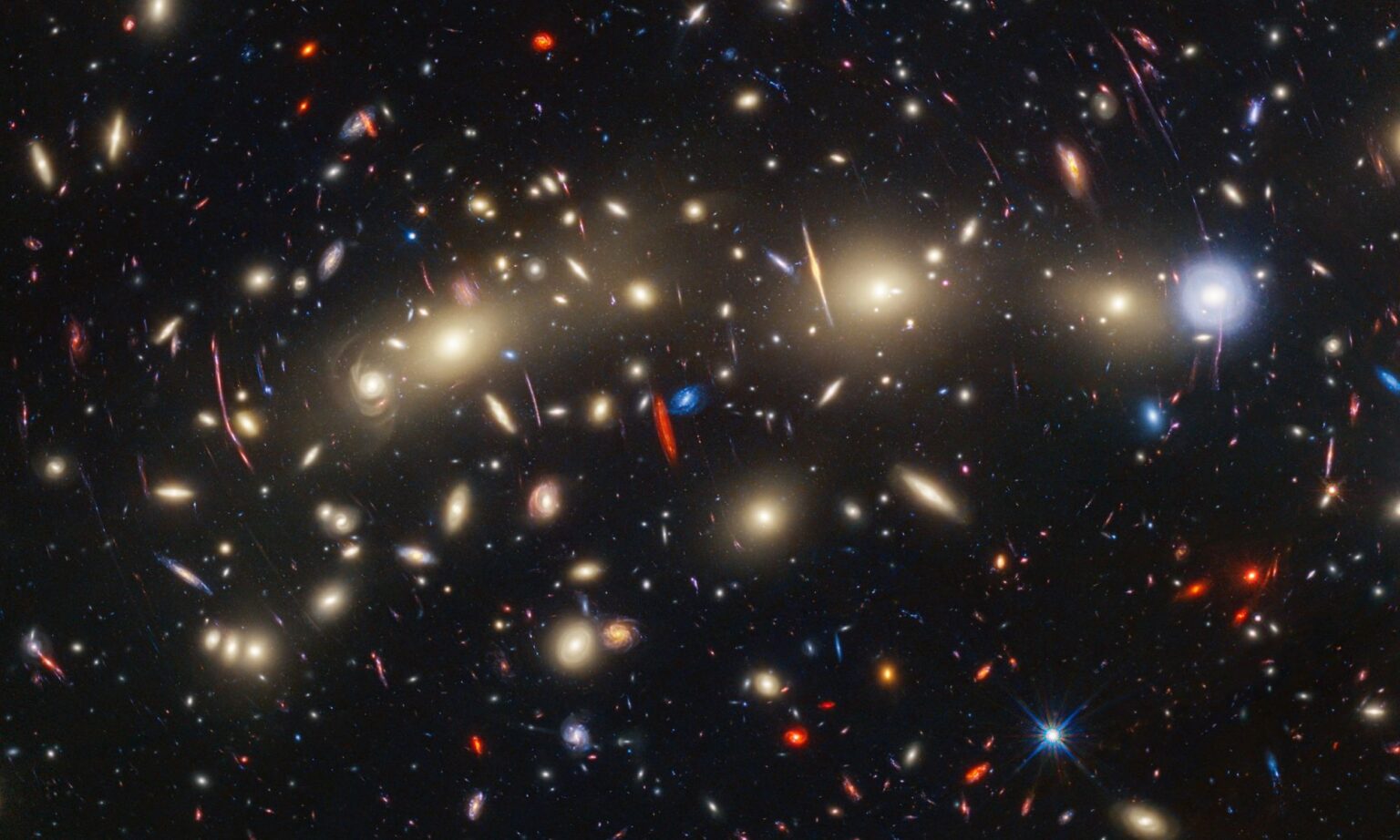Scientists are studying the distant galactic cluster Abell 2566. A cold shock front is moving through its internal environment. However, there will be no rains, but other phenomena.

What is a galaxy cluster?
Analyzing data from NASA’s Chandra X-ray Observatory, astronomers from India and South Africa studied a massive cluster of galaxies known as Abell 2566. They found cold fronts in its interior environment. All this is reported in a scientific article published on May 17 on the arXiv preprint server.
Galaxy clusters contain up to thousands of galaxies interconnected by gravity. They are the largest known gravitationally bound structures in the universe and can serve as excellent laboratories for studying the evolution of stellar systems.
In general, the so-called cold fronts are sharp discontinuities of surface brightness observed in X-ray images, where a drop in surface brightness and gas density is accompanied by a jump in gas temperature, and the denser region is colder than the more rarefied one. Their name is similar to atmospheric phenomena on Earth, and in a sense they really change the intergalactic weather.
Cold fronts in the Abell 2566 cluster
A team of astronomers led by Sonali K. Kadam from Swami Ramanand Teerth Marathwada University in India has discovered cold fronts in Abell 2566, a cluster of galaxies with a cold core, a redshift of 0.08 and a mass of about 217 trillion solar masses.
First of all, the collected images revealed an unusual morphology of the intracluster environment. The gas in it has the form of spiral vortices of gas along with edges in the distribution of surface brightness. The spectral analysis carried out by astronomers confirmed the connection of these breaks with cold fronts.
Complex morphology of the cluster
In addition, the observations revealed a displacement of about 22,200 light-years between the brightest galaxy of the cluster relative to the peak of X-ray radiation, as well as its close connection with the neighboring system. The authors of the article suggest that this phenomenon could lead to the formation of a vague structure in Abell 2566.
Based on the collected data, astronomers suggest that the observed features and the complex morphology of the plasma distribution in Abell 2566 have a common origin — they may be the result of a merger. The team noted that the subcluster may have influenced the main cluster by shifting its gravitational potential well.
According to phys.org


